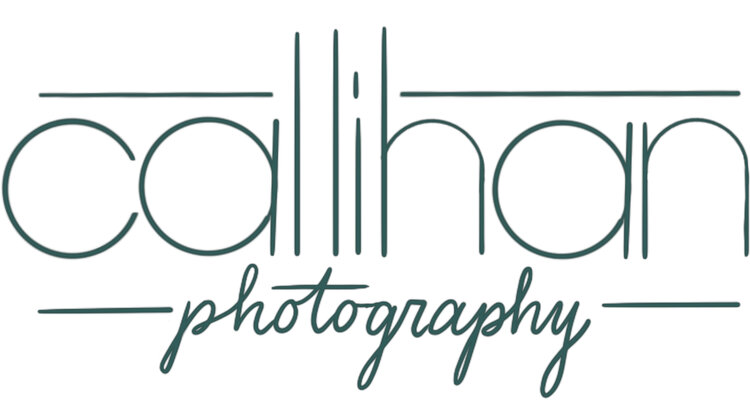I am so excited to share Mariah and Anthony’s small town wedding in Loogootee, Indiana! It’s been a difficult year to plan a wedding with Covid looming over everyone’s heads. I think people needed this celebration, and Mariah and Anthony are the perfect people to celebrate! They are so sweet to each other, and you can tell they are so in love just by the photographs. The reception was at a nearby beer garden and it could not have been a more perfect day! It wasn’t too hot or cold, we had cloudy weather earlier in the day and then beautiful sunshine for some backlit photos in the evening. Please enjoy these photographs from this lovely wedding day!





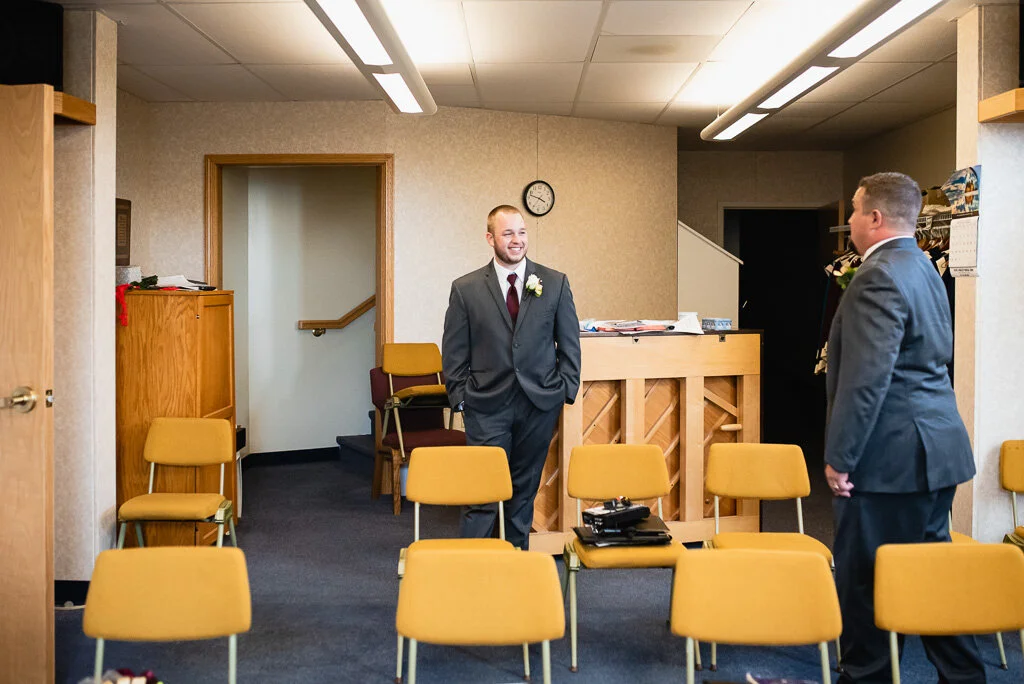




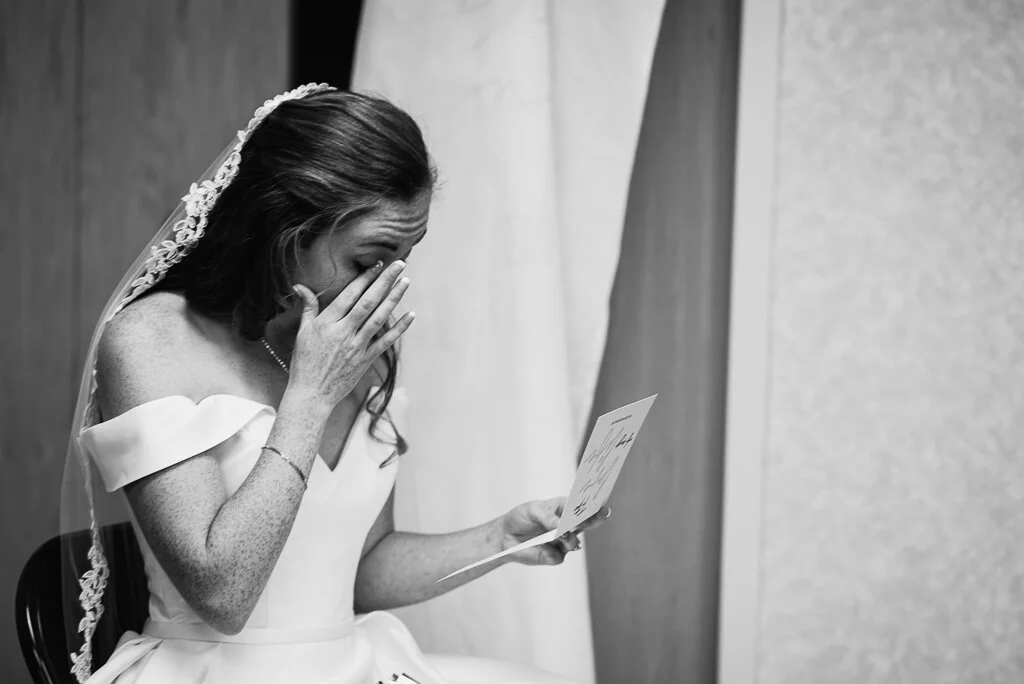








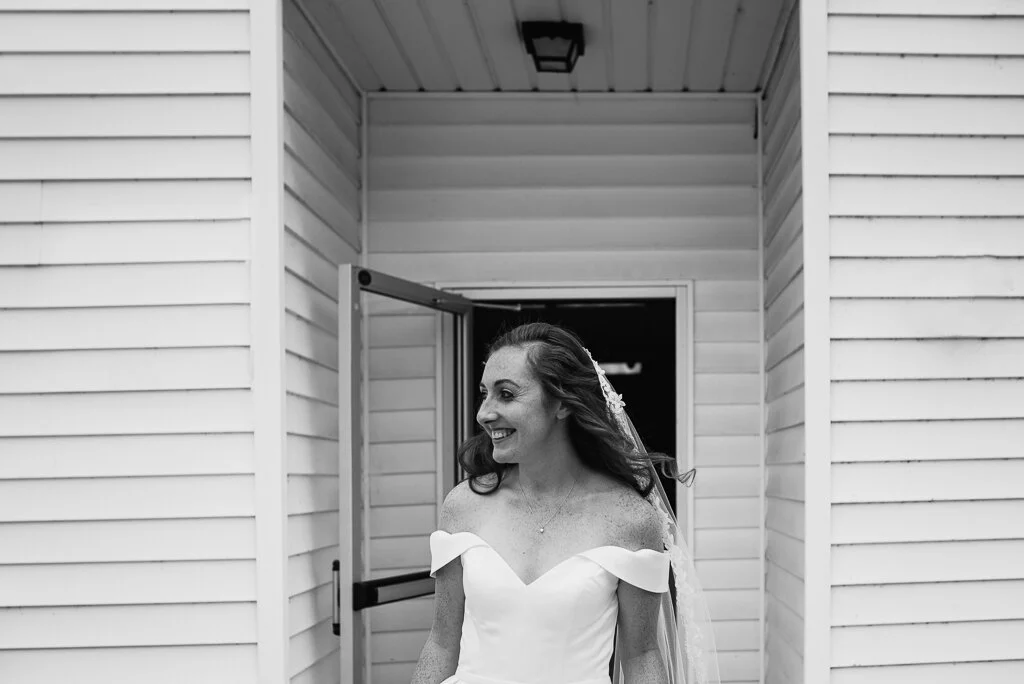
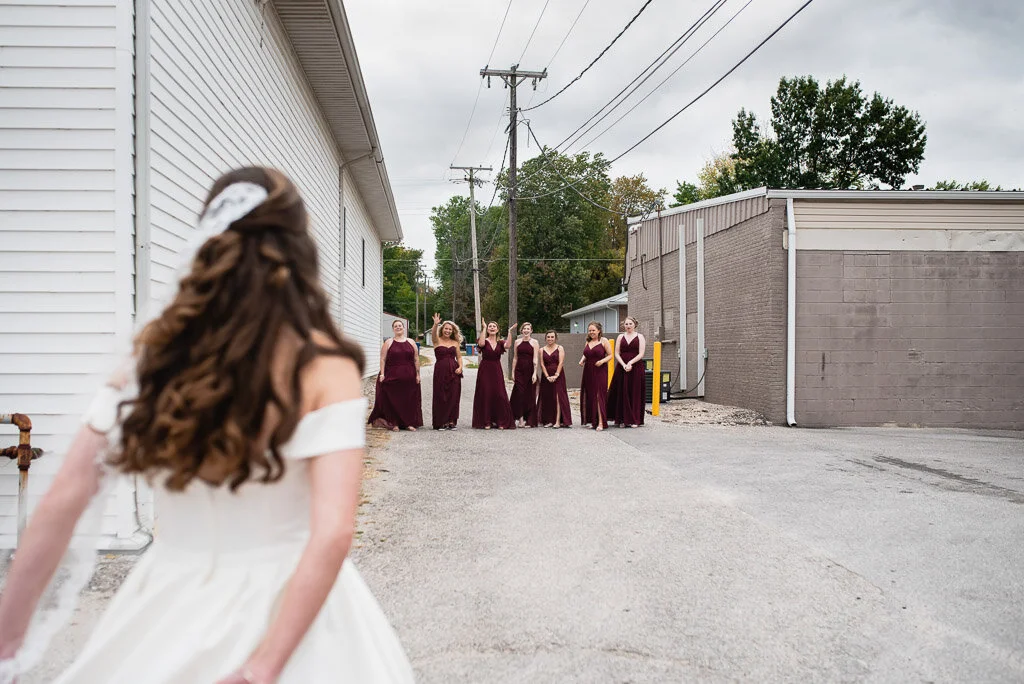


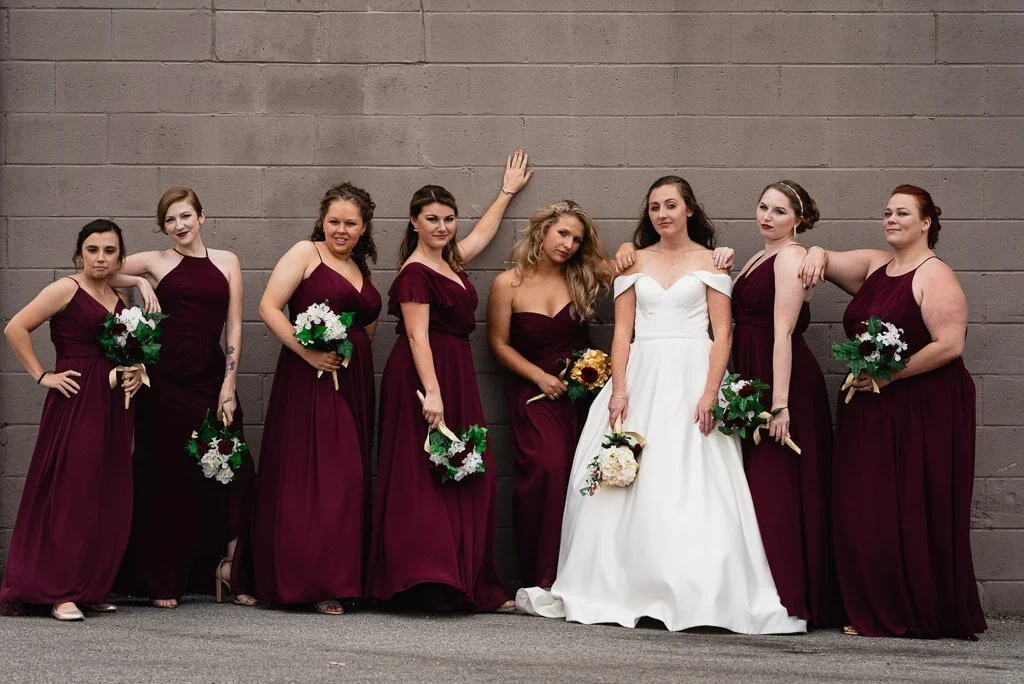





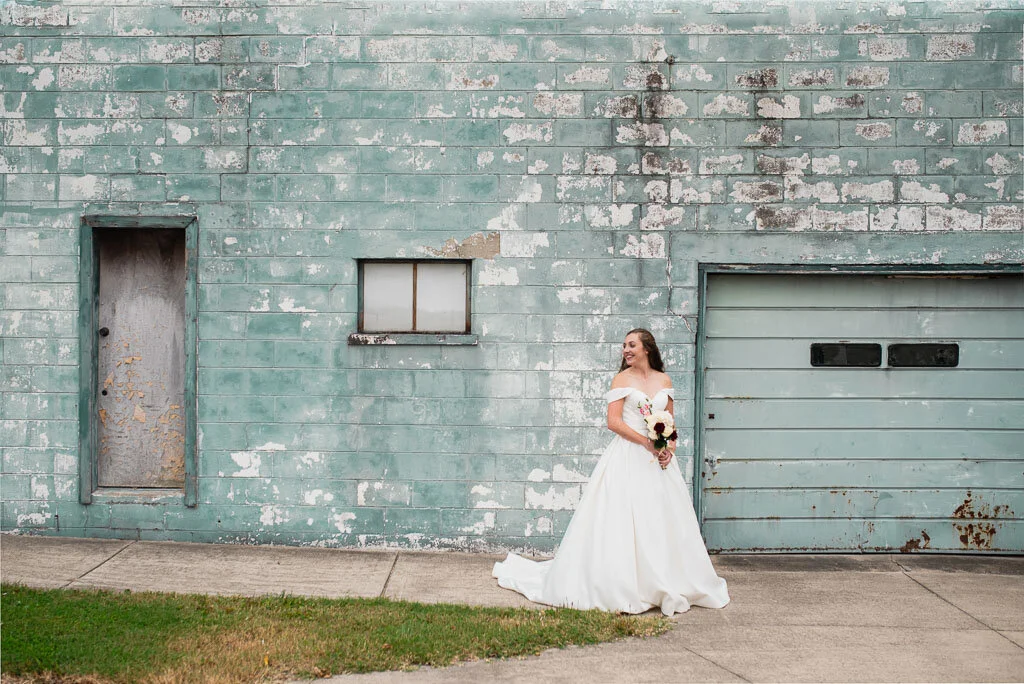
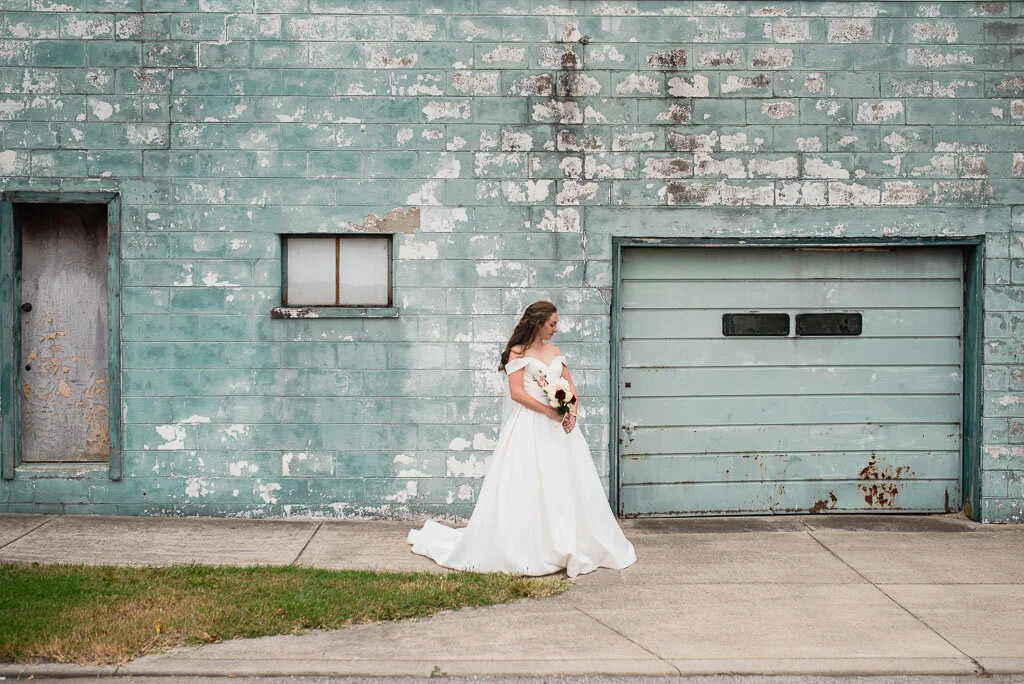
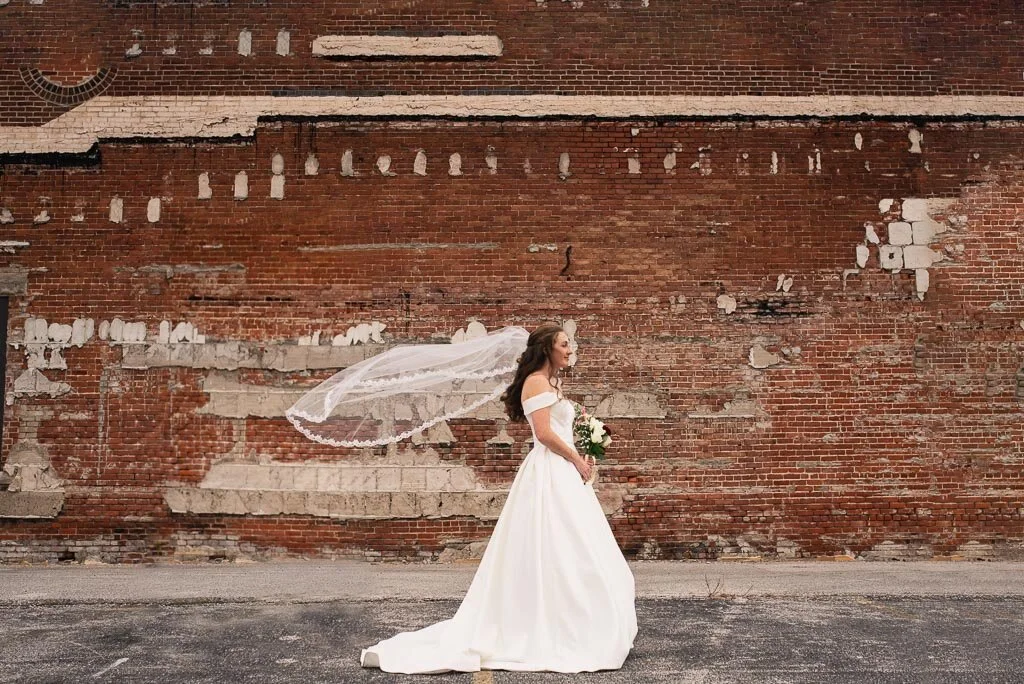









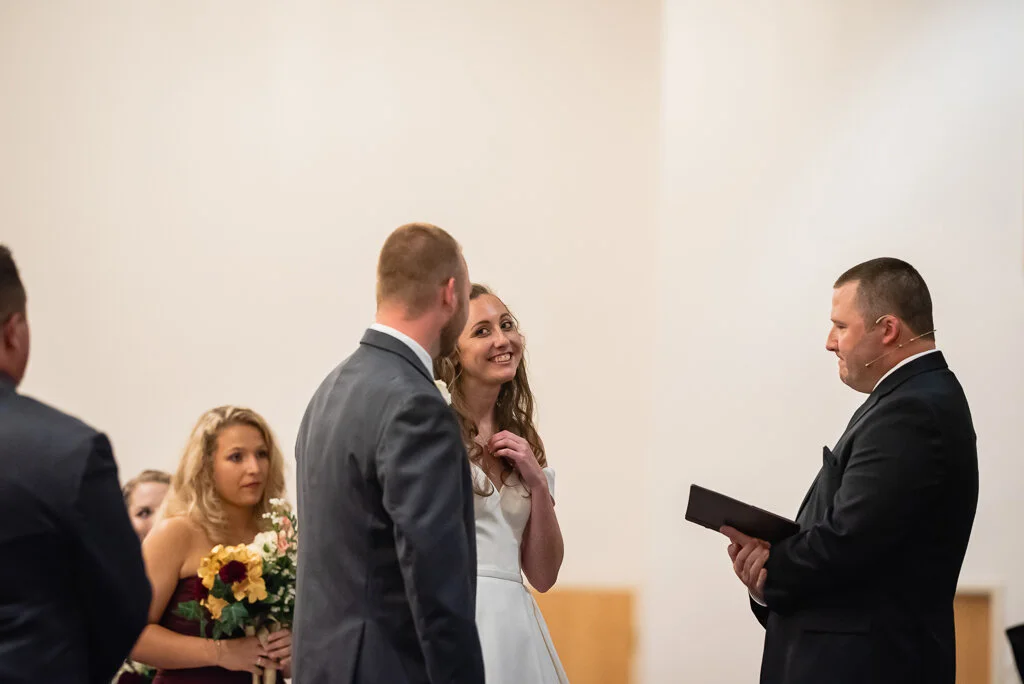


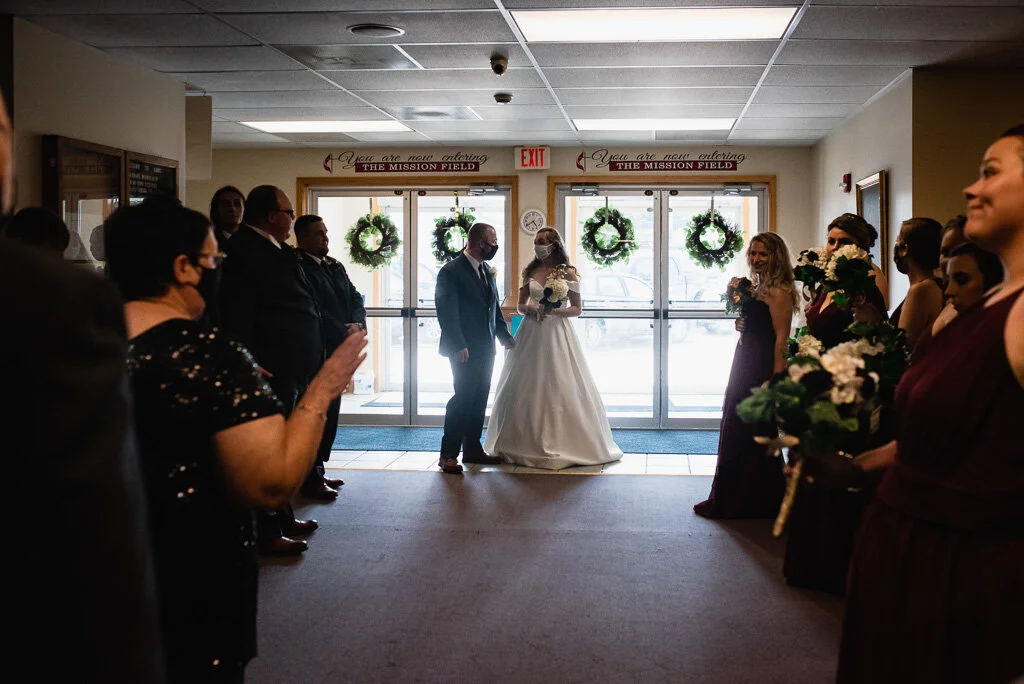


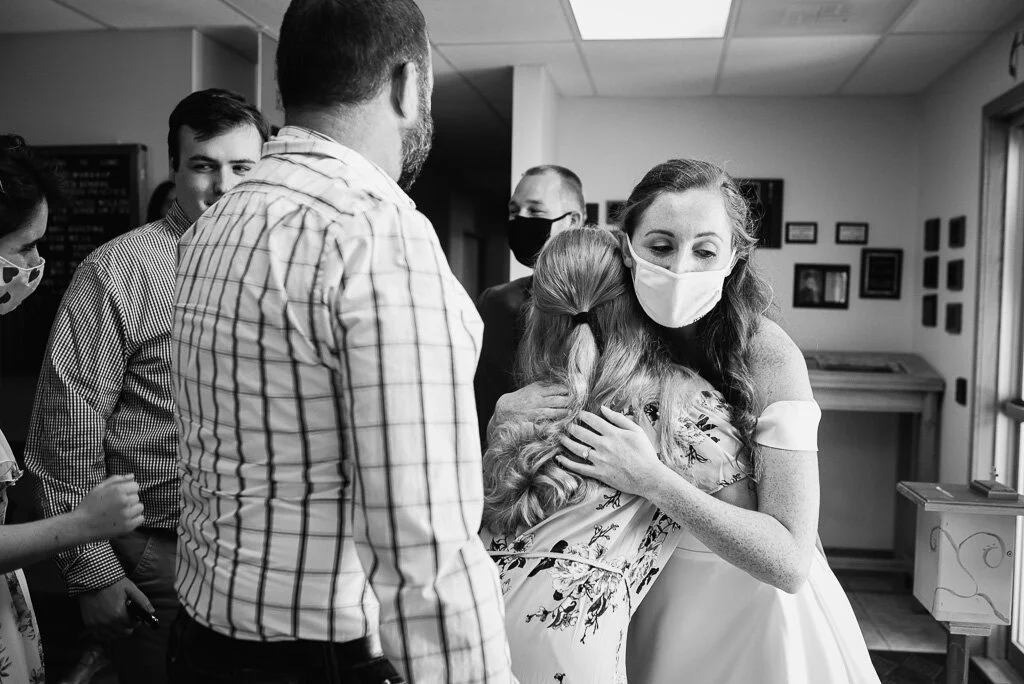









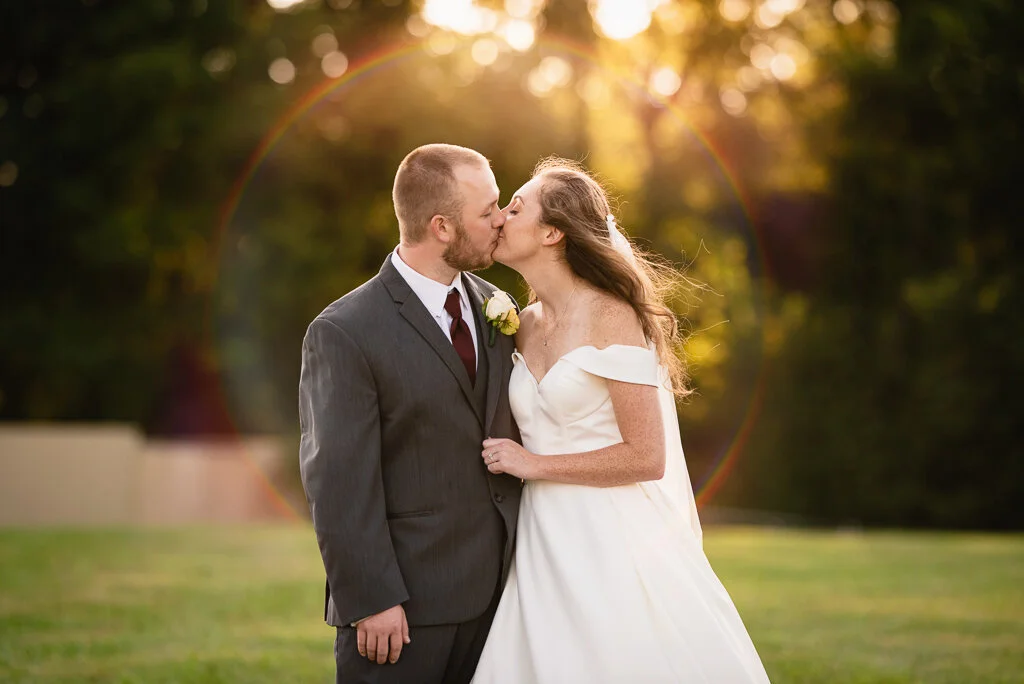

























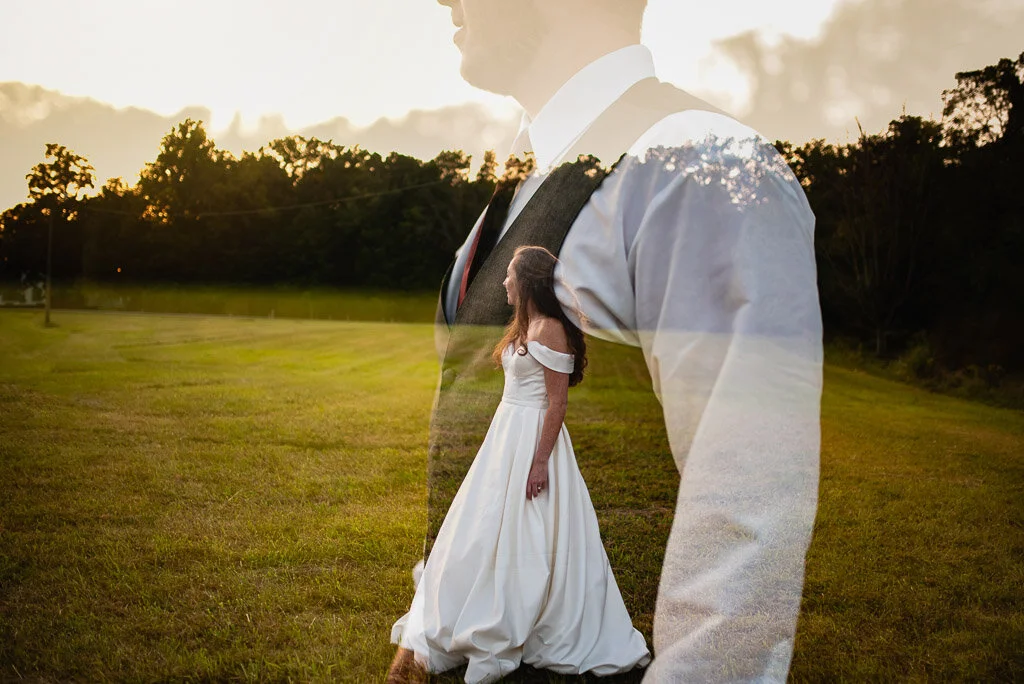









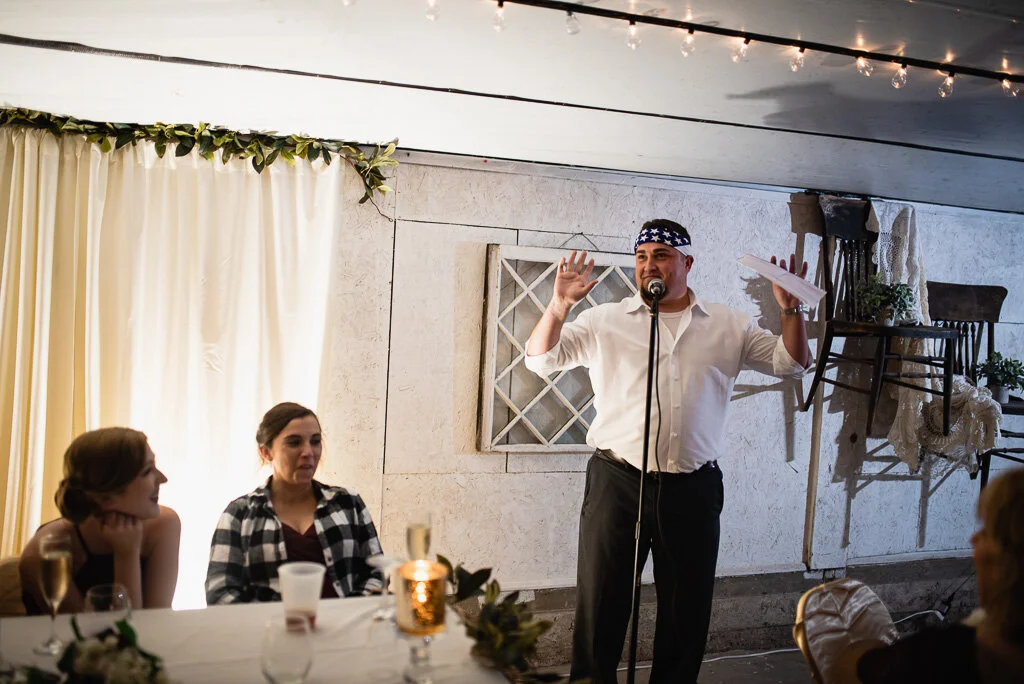







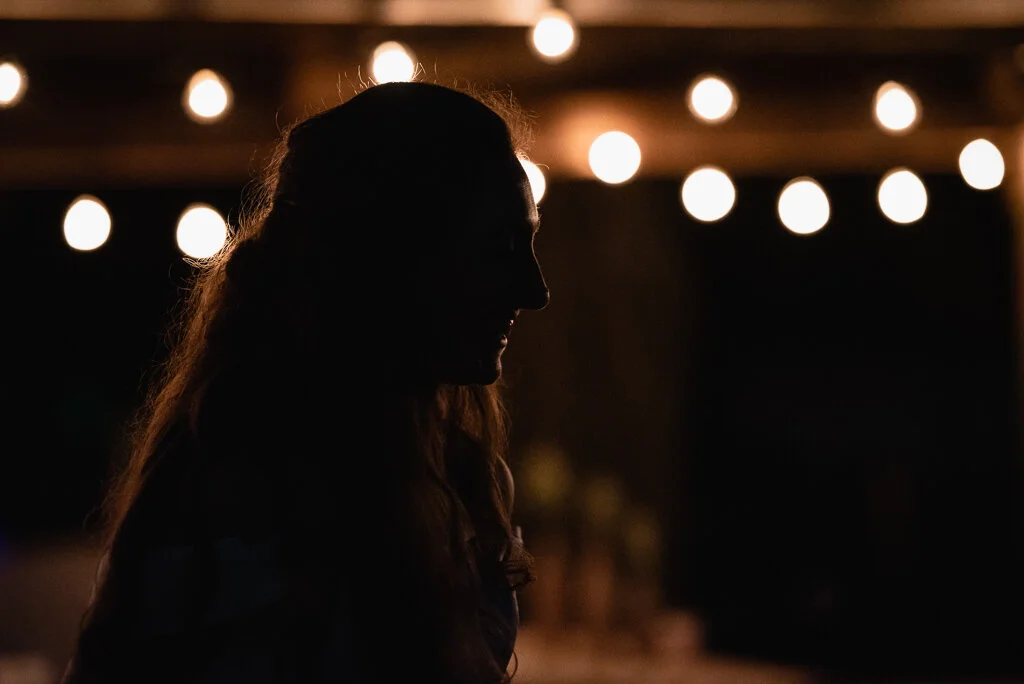







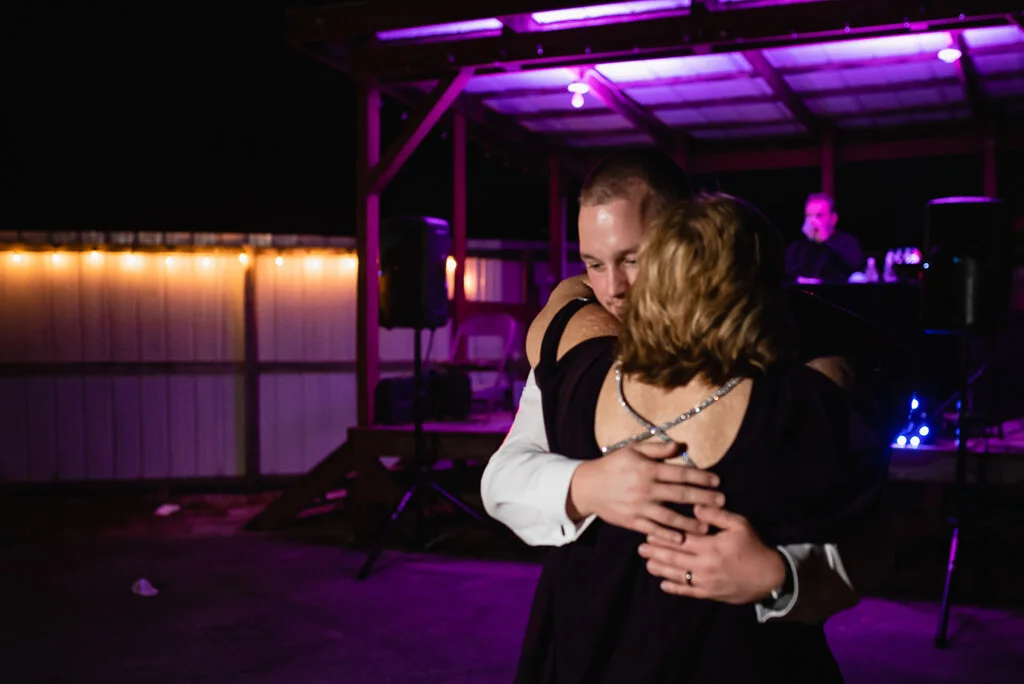


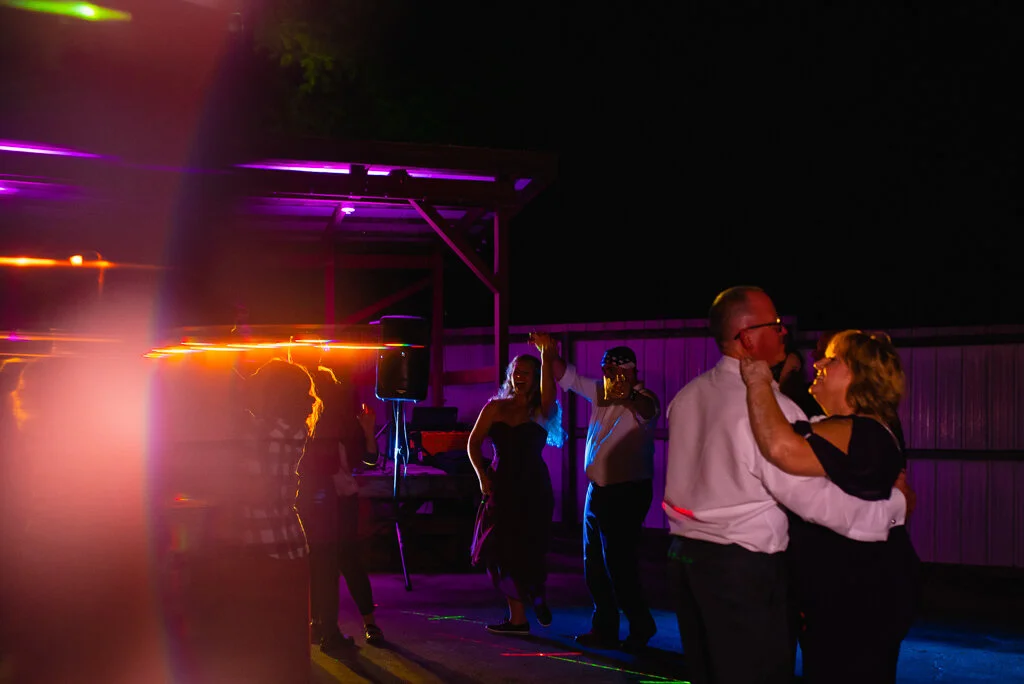
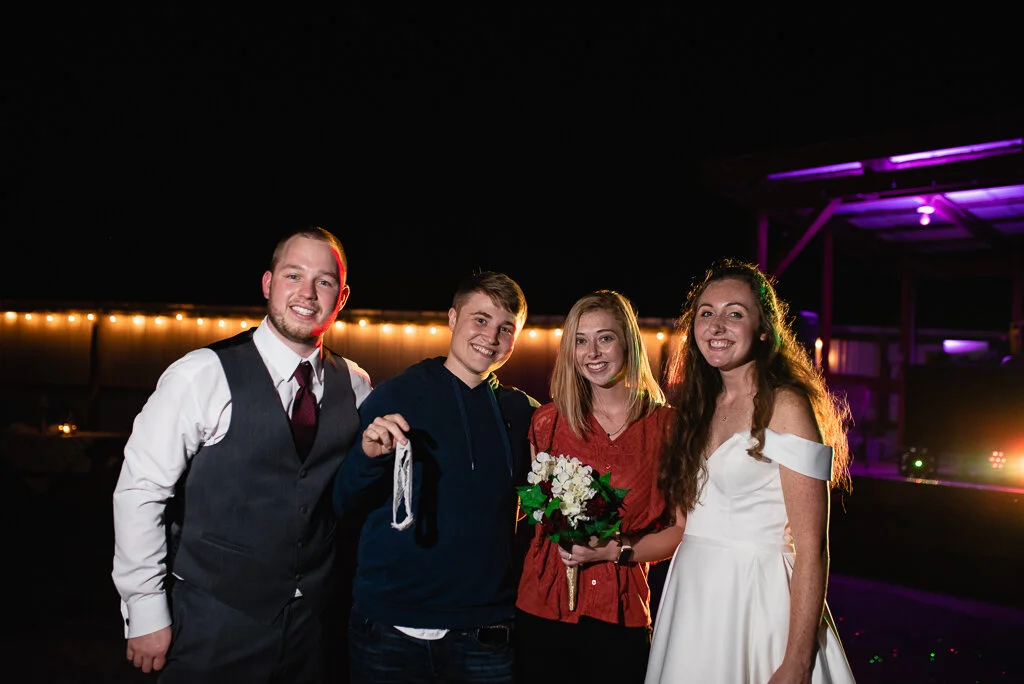





Thanks for reading! To see the full gallery go here.
